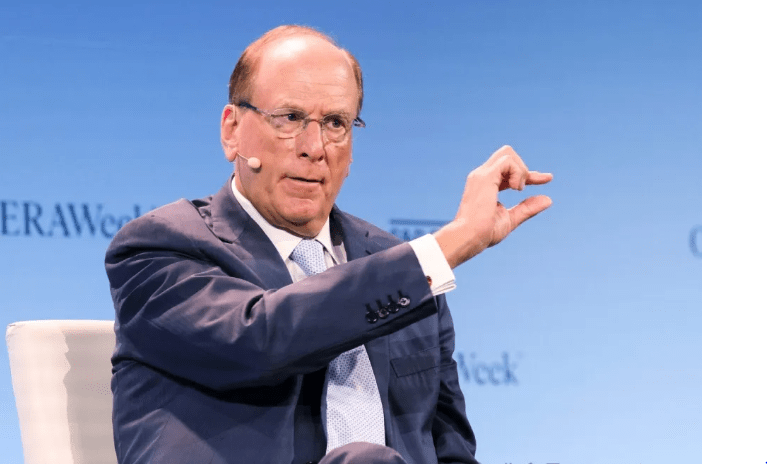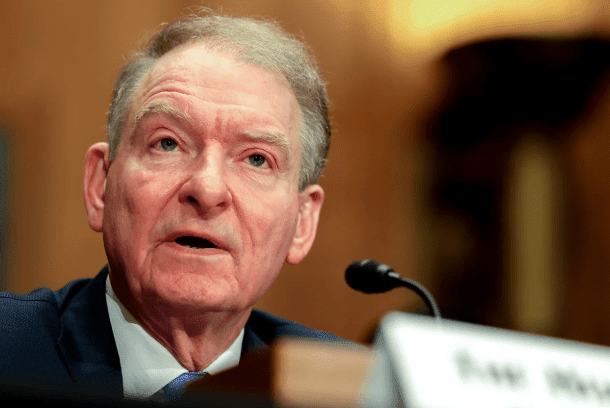'When Bitcoin's hash power moat becomes a 'digital Maginot Line', Ethereum's social consensus builds a 'digital nuclear deterrent'—this is not just a technological contest, but humanity's ultimate vote on the discourse power of wealth.'

Market Volatility: Institutional funds are rewriting the rules of the game.
Behind the total market capitalization of the crypto market exceeding $4 trillion in 2025 is the crazy betting of institutional funds on 'digital gold'. BlackRock and Fidelity hold over $20 billion in assets through Bitcoin ETFs, while MicroStrategy has converted 15% of its corporate reserves into Ethereum staking, achieving an annualized return of 4.2%. In this capital feast, two phenomena are worth noting:
Bitcoin's 'Naked Running Crisis': Despite its price breaking $118,000, the security budget of the PoW mechanism is only $1.36 billion. Data shows that if an attacker concentrates 1% of market value hash power, theoretically a 51% attack could be launched for as low as $1.55 million. The case of Ethereum Classic being attacked and going to zero in March 2025 exposes the fatal flaw of the pure hash power model.
Ethereum's 'Social Layer Defense': By staking 34.16 million ETH, with a liquidity trap where 24-hour trading volume accounts for 8% of market value, along with a global community of 4 million developers forming a 'digital militia', the actual cost for attackers far exceeds the $44.8 billion on paper. As Ethereum researcher Justin Drake said: 'True security is not the perfection of algorithms, but the ecological immunity formed by the consensus resonance of millions of nodes.'
Policy Shift: From 'Encirclement' to 'Embrace' in Global Game
Regulatory policies are becoming the biggest variable in the crypto market:
United States: SEC Transitioning from 'Law Enforcement Vanguard' to 'Innovation Driver': New Chairman Paul Atkins launches 'Project Crypto', clarifying that 'most crypto assets are not securities' and allowing super apps to trade both non-securities and securities on the same platform. This shift directly drives the daily institutional trading volume of XBIT decentralized exchange to surpass $2.7 billion, with its 'regulatory compliance + technical defense' three-dimensional system becoming the new darling of capital.

Russia: Cryptocurrency as a 'Counter-Sanctions Weapon': After opening personal investments in March 2025, Russia rapidly became the world's second-largest mining hub, accelerating de-dollarization through the integration of the digital ruble and stablecoins. Ordinary investors can participate through compliant channels, but must remain vigilant to the geopolitical risks behind policy dividends.
China: 'Prudent Regulation with a Combination of Mitigation and Blocking': Although not fully open, the practice of 260 million digital yuan wallets provides a 'Chinese solution' for future cross-border payment rule-making.
III. Future Predictions: Three Signals You Must Pay Attention To
Matthew Effect in Institutional Holdings: 163 listed companies hold 950,000 Bitcoins, with MicroStrategy alone accounting for 65.77%. If the growth rate continues, institutional holdings may surpass 2 million Bitcoins by 2026, and retail investors should be wary of price fluctuations caused by 'head consumption'.
Federal Reserve's 'Sword of Damocles': Fewer interest rate cuts than expected in 2025 led to a short-term plunge of Bitcoin below the $100,000 mark. However, in the long run, a low interest rate environment still favors risk assets, necessitating attention to the Fed's latest statements on inflation in August.
Turning Point of the Technological Revolution: Ethereum's PoS mechanism has validated the power of social consensus, while Bitcoin needs to explore new paths such as staking economy beyond Lightning Network expansion. In the next five years, blockchain security models may shift from 'hash power supremacy' to a mixed defense of 'people + code'.
When $44.8 billion becomes the threshold to attack Ethereum, your staking of 0.1 ETH is voting for this new era. Next week, the global stablecoin market size will surpass $5 trillion—Is it a bubble or a revolution? Stay tuned to Qingyao for an in-depth analysis on 'How Stablecoins Restructure Global Financial Order'.
